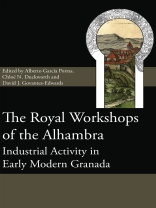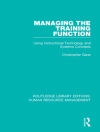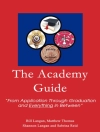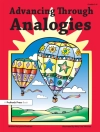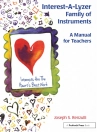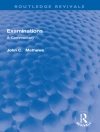The Alhambra is one of the most famous archaeological sites worldwide, yet knowledge of it remains very partial, focussing on the medieval palaces. This book addresses that imbalance, examining the adjacent urban and industrial zone.
The Alhambra is one of the most famous archaeological sites worldwide, yet knowledge of the complex remains very partial, focussing on its medieval Nasrid palaces. Other aspects of the site are virtually unknown, not only to the general public but to archaeologists and historians as well. The Royal Workshops of the Almambra addresses this imbalance, examining the urban and industrial zone adjacent to the palaces. Once the most densely populated and extensive area of the complex, this zone, the Secano, contained houses, tanneries, and workshops including a considerable number of pyrotechnological facilities for the production of metal, glass and ceramic items. Presenting the results of the Royal Workshops of the Alhambra (UNESCO World Heritage Site) project, the book gives a much-needed insight into the industrial sector of the Alhambra. Crucially, the project focusses on the early modern era, when the manufacture of ceramic, glass and metal actually reached their peak. The opening chapters set the archaeological work and the Secano in context and discuss the methodology for archaeological investigation of pyrotechnological activity; while further chapters present the results of the research. Drawing on both traditional and ground-breaking survey and excavation techniques, the book provides an invaluable wide-lens picture of the palatial city.
विषयसूची
List of Illustrations
List of Contributors
Foreword.
Jesús Bermúdez
López
Introduction.
Alberto García Porras & Chloë N. Duckworth
Chapter 1. The
Secano: the city of the Alhambra.
María del Carmen Jiménez Roldán
Chapter 2. A holistic and reflexive methodology for the archaeological investigation of pyrotechnological activity in the Alhambra.
David J. Govantes-Edwards, Alberto García Porras, Chloë N. Duckworth & Eleonora Montanari
Chapter 3. The modern kilns.
José Manuel Ríos Jiménez & Miguel Busto Zapico
Chapter 4. Geophysical and geochemical exploration of the industrial areas in the Alhambra.
Kate Welham, Derek Pitman, Hayden Scott-Pratt, Josie Hagan, Chris Casswell, Ashley Green, Chloë N. Duckworth & Eleonora Montanari
Chapter 5. The excavation of the area of the
Secano in the Alhambra: Trench 1.
Moisés Alonso Valladares & Alberto García Porras
Chapter 6. The excavation of the area of the
Secano in the Alhambra: Trench 2.
Ben Moore & Eleonora Montanari
Chapter 7. The pottery.
Laura Martín Ramos, María José Peregrina Sánchez & Saúl Guerrero Rivero
Chapter 8. Glass in the excavation of the Secano, the Alhambra.
Almudena Velo Gala, Chloë N. Duckworth & David J. Govantes-Edwards
Chapter 9. Furnaces at full blast: the demand for architectural ceramics for construction in the Alhambra (16th and 17th centuries).
María Elena Díez Jorge
Conclusions.
Contributors
लेखक के बारे में
DAVID J. GOVANTES-EDWARDS is Research Associate at the School of History, Classics and Archaeology, Newcastle University and Research Associate at Córdoba University.
